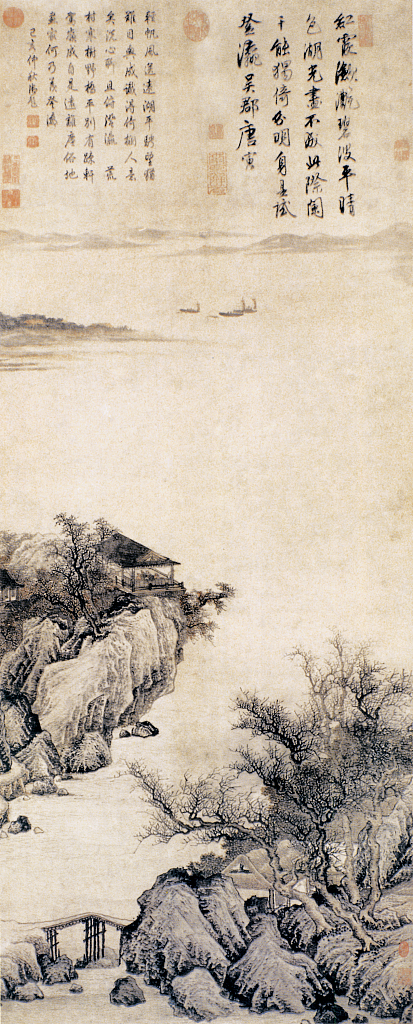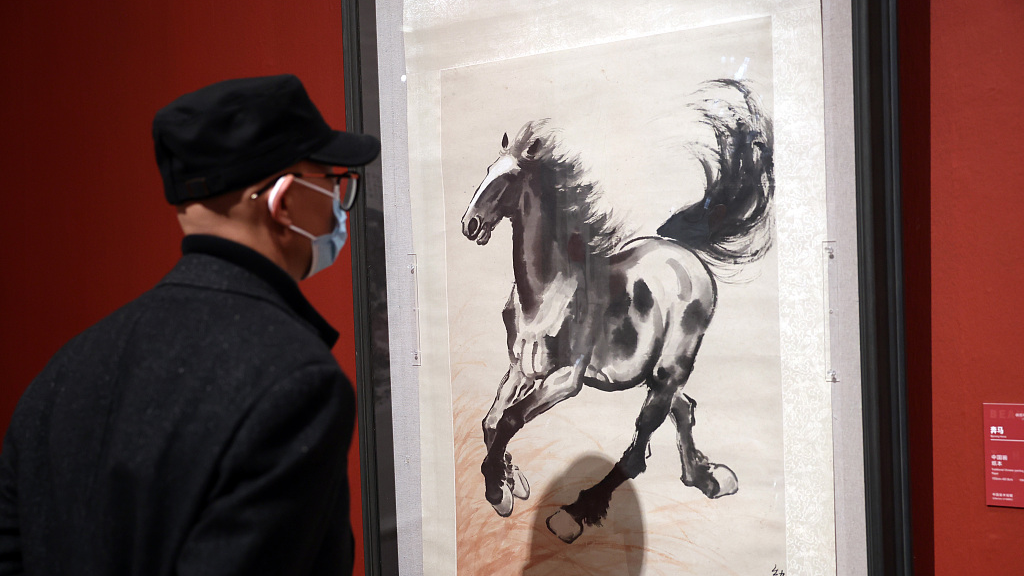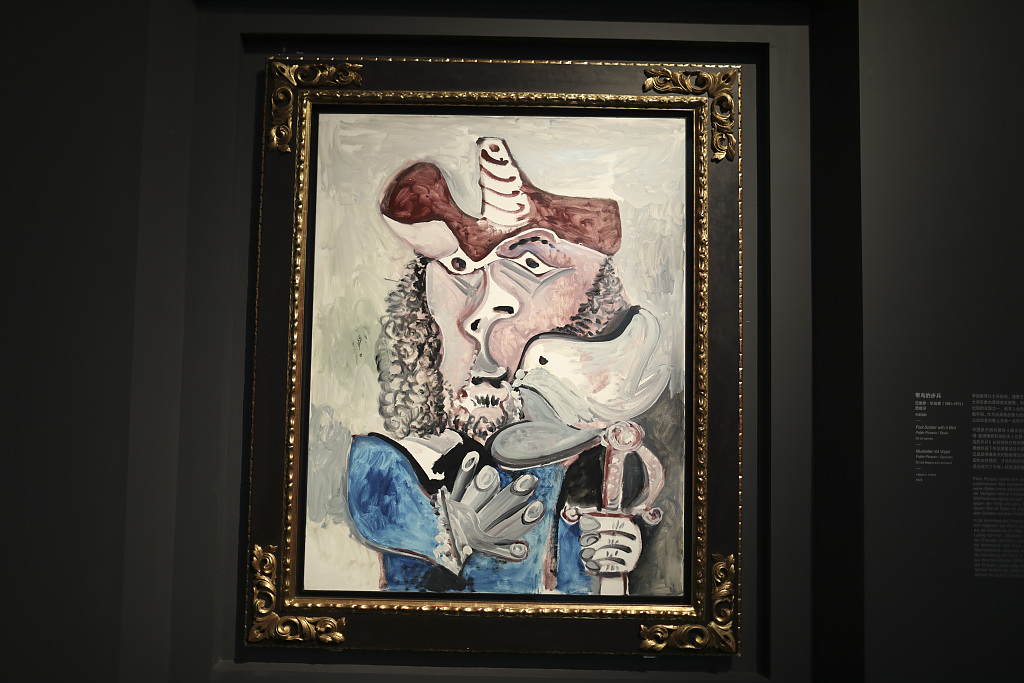
The National Art Museum of China (NAMOC) in Beijing, China. /CFP
The National Art Museum of China (NAMOC) in Beijing, China. /CFP
The National Art Museum of China (NAMOC) celebrated its 60th anniversary on May 23. As one of the most prestigious museums of Chinese art, NAMOC has become an important institution for the collecting of cultural and artistic treasures, and promoting cultural exchanges and mutual learning between China and other countries.
The museum currently houses over 130,000 art pieces of various types, including classical works from ancient to modern times, from both China and abroad.
In addition to paintings, calligraphy, and sculptures, the collection at the museum encompasses various forms of folk art, including clay figurines, paper-cuttings, and peasant-themed paintings. It features masterpieces by Tang Yin (1470-1524), an eminent figure in the history of Chinese art, as well as works by Xu Beihong, one of the pioneers of Chinese modern art. Moreover, the museum also houses works by world-renowned artists like Pablo Picasso and Salvador Dalí.

A painting by Tang Yin depicts the beautiful landscapes of east China. /CFP
A painting by Tang Yin depicts the beautiful landscapes of east China. /CFP
One of the notable paintings in NAMOC’s collections is a work by Tang Yin, also known as Tang Bohu, who was a renowned painter, calligrapher, and poet during the Ming Dynasty (1368-1644) in China.
The painting appears to have been created during autumn when Tang was leisurely exploring the beautiful landscapes of east China. The composition of the painting is innovative and distinctive, offering a fresh perspective of the breathtaking scenery of Taihu Lake.
The painting showcases Tang's meticulous and powerful brushwork, complemented by the delicate use of light shades of green and reddish-brown. This combination creates a refined and pleasing atmosphere, establishing it as one of the masterpieces of Tang's painting and calligraphy.

A horse drawn by Xu Beihong in 1944 on display at the National Art Museum of China, Beijing, March 25, 2022. /CFP
A horse drawn by Xu Beihong in 1944 on display at the National Art Museum of China, Beijing, March 25, 2022. /CFP
Artworks of horses also feature in the collections, including many by renowned modern Chinese painter and art educator Xu Beihong.
Throughout his life, Xu had a deep passion for depicting horses and extensively studied their anatomical structure, often sketching them during his studies in Europe.
Xu's horse paintings skillfully integrated the solid and structured forms of Western art with the delicate and expressive ink-wash style of traditional Chinese painting. This fusion resulted in artworks that not only showcased realism, but also conveyed a sense of romanticism and symbolic depth.

Picasso's 1972 artwork depicting an infantryman with a bird is on display at the Tsinghua University Art Museum in Beijing, September 13, 2022. /CFP
Picasso's 1972 artwork depicting an infantryman with a bird is on display at the Tsinghua University Art Museum in Beijing, September 13, 2022. /CFP
In addition to the masterpieces of Chinese artists, a painting depicting an infantryman with a bird by Spanish painter and sculptor Pablo Picasso is also cherished. Perched on the hilt of an aging infantryman's bayonet, a white dove is resting and drinking water from a bowl offered by the soldier. As a messenger of peace, the dove has always represented anti-war and anti-violence sentiments.
Picasso is the founder of modern art and a major trailblazer of Western modernism in painting. Picasso's artistic style underwent constant transformations throughout his life, and many of his artistic enigmas remain undeciphered to this day.